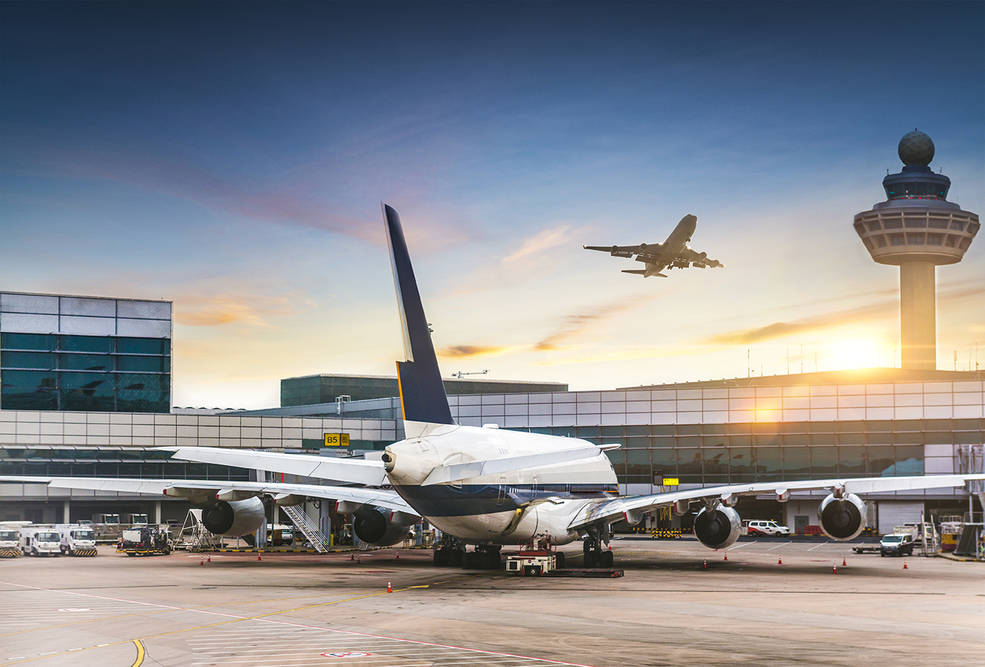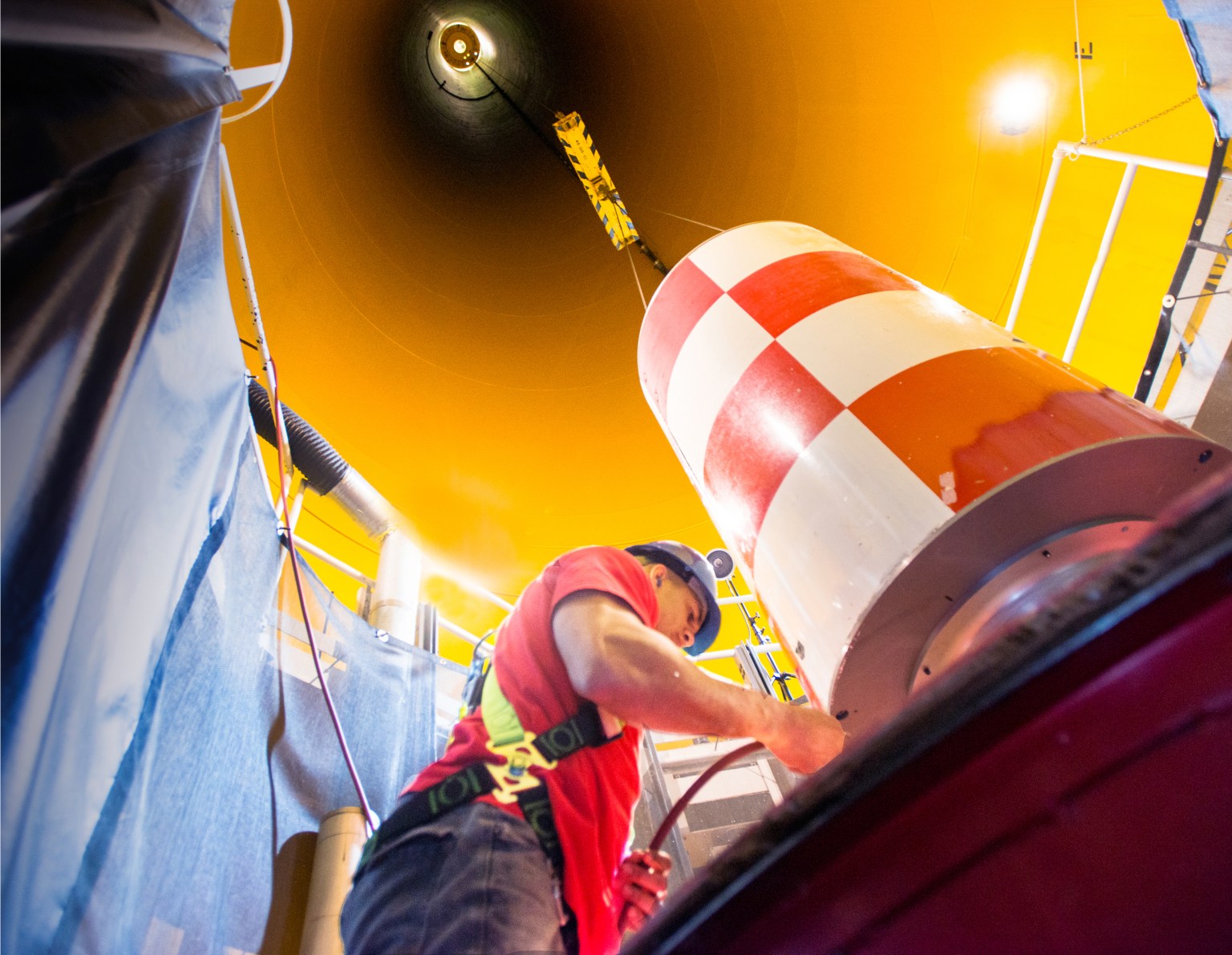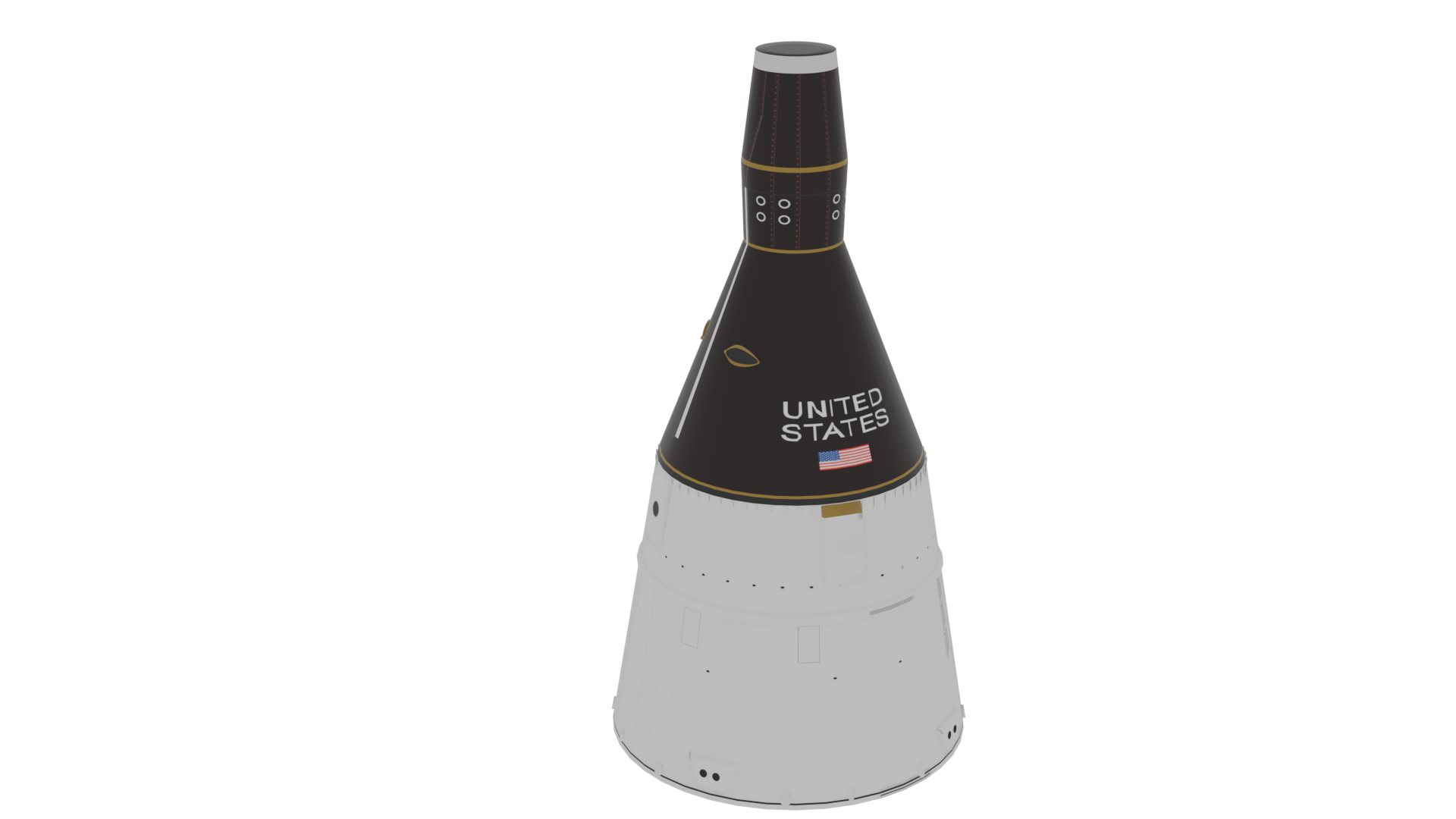Boundary Layer Transition Tunnel (CW-7)
This facility conducts experiments to determine the important mechanisms influencing the laminar-turbulent transition process and heat transfer in high-disturbance environments such as in gas turbine engines. The facility is a low-speed, closed-loop, temperature-controlled wind tunnel; no central services are required. The main components of the tunnel include a blower driven by a 25 HP frequency controlled motor, flow conditioning and interchangeable turbulence grids, a 2-D contraction nozzle, bleed scoops, a test section with optional heated surface, a diffuser, air heater, air filter, air cooler, and a Programmable Actuation Control System (PACS) traverse. The test section is 27 by 6 inches and 60 inches long. The air velocity, temperature, and pressure gradient can be controlled in the tunnel.
CW-7 Special Features
CW-7 has a National Instruments data acquisition system, a variety of pressure and temperature sensors, and hot-wire anemometry.
CW-7 Facility Capabilities
| Parameter | Operating Value |
|---|---|
| Blower Capacity | 10,000 CFM |
| Inlet Air Pressure | atm |
| Inlet Air Temperature | 60-150 °F |
| Free Stream Velocity | 10-120 ft/s |
CW-7 System Instrumentation
| System | Number and Type |
|---|---|
| ESP | None |
| Escort | None |
| Other Information | Wide range of pressure transducers, National Instruments data acquisition system, Dantec and AA Lab Systems hot wire anemometry |
Transonic Turbine Blade Cascade Test Facility (CW-22)
This large-scale facility is used to evaluate the aerodynamic and heat transfer characteristics of turbine blade geometries for future propulsion and power generation applications. Unique features include the ability for a high degree of airflow turning, infinitely adjustable incidence angles, and high transonic flow rates. The facility air supply and exhaust pressures are controllable to 18.3 psia and 1.9 psia, respectively, for independent Reynolds number and Mach number control. Ambient temperature air, dried to a dew point of –50°F, is supplied from a 40-psig system and passes through a 0.35µm filter at flow rates of up to 58 lb/s. The air flows through a 108-inch-diameter acoustically lined plenum chamber, transitions to a 48-by-72-inch rectangular cross section, and is conditioned before entering the 48-by-6-inch contraction section, leading to the test section, which is designed for airfoils with a span of 6 inches. The air exhausts into the lab-wide altitude exhaust system.
CW-22 Special Features
The cascade blades are mounted on a large disk and manually rotated to achieve a wide range of incidence angles. The airfoils, typically 10 to 12, are installed between upper and lower inlet boards. The maximum inlet flow angle, as measured from the axial direction, is 78.6 deg., and the minimum inlet flow angle is 33.8 deg. With optional, discrete, upper inlet board extensions, a minimum inlet flow angle of –16.8 deg. can be achieved. An optional boundary layer bleed system can be used to reduce the incoming endwall boundary layer thickness. Two probe survey measurement slots are located upstream of the cascade and three slots are located downstream, each covering three full blade passages. Windowed endwall sections can be interchanged to allow for optical measurements, including infrared thermography with zinc-selenide window inserts, thermochromic liquid crystals, and Background-Oriented Schlieren. The inlet flow conditioning reduces the inlet turbulence to low levels of approximately 0.5%, but optional blown turbulence grids can be used to achieve 13% or higher. A carbon dioxide system can be used to supply simulated film cooling flows, matching engine density ratios. Up to 0.06 lb/s can be supplied over six independent circuits. An ESP pressure measurement system has 832 +/- 15 psid ports, 543 of which are used for an array of endwall static pressure taps. A digital temperature measurement system has 144 thermocouple channels available. A variety of other analog and digital channels are available with the ESCORT-D data acquisition system.
CW-22 Facility Capabilities
| Parameter | Operating Values |
|---|---|
| Inlet Air: Primary Flow | 58 lb/s at up to 18.3 psia, ambient temperature |
| Inlet Air: Turbulence Grid | 3 lb/s from 125 psig supply, ambient temperature |
| Exhaust Pressure | 26 in. Hg vacuum; 1.9 psia |
| Blade Span and Pitch | Span = 6.000 inch Pitch = 5.119 inch |
CW-22 System Instrumentation
| System | Number and Type |
|---|---|
| ESP | 832 ports of +/- 15 psid, Atmospheric Reference |
| Thermocouples | 144 Type E |
| Escort-D | 120 additional analog channels are available |
Fundamental Turbine Aero and Heat Transfer Facility (SW-2)
The facility can be configured in multiple ways, including rectangular tunnel, multi-airfoil cascade, and transition ducts/nozzles. It is used to conduct experiments to acquire and analyze benchmark experimental maps of heat transfer and flow fields. The test rig is connected through valves and piping to the central altitude exhaust system. Test cell air is drawn into the rig through a bellmouth and flow conditioning. Air then passes through the various acrylic walled test sections and exits through a 12-inch-diameter pipe and through a fast-opening valve to altitude exhaust. Flows up to 15 lb/sec can be achieved with a maximum Mach number generally around 0.5.
SW-2 Special Features
The tunnel has a fast startup operating capability, and thus transient and steady-state techniques for measurement of heat transfer can be employed. Various measurements can be made, including flow field probe surveys and surface temperatures with liquid crystal and infrared thermography. Video photography and PC-based image processing are used to record and analyze surface data. Aerodynamic data, including pressure surveys, boundary layer profiles, and free-stream turbulence, can also be collected. Pressure and temperature data is recorded with a PC-based data acquisition system (NI/LabVIEW).
SW-2 Facility Capabilities
| Parameter | Operating Value |
|---|---|
| Service Air | 0.1 lb/s at 125 psig |
| Altitude Exhaust | 15 lb/s at 20 or 26 in. hg |
Fundamental Film Cooling and Heat Transfer Facility (SW-6)
This facility is used to conduct aeronautic heat transfer experiments of highly 3-D flow fields in turbomachinery applications. Fundamental aerodynamic and heat transfer experiments are conducted on advanced film cooling and biomimicry concepts. Test sections simulating various turbine internal flow passages or large-scale film cooling geometries are made of clear plastic for flow visualization. Additionally, small-scale external flow models can be installed in a straight rectangular test section. Test cell air is drawn into a bellmouth, through the test section, and exits to the altitude exhaust system. A butterfly valve controls the flow, with flow rates up to 10 lb/s possible. This facility can also be operated in a low-cost low-flow mode employing a blower fan in lieu of altitude exhaust.
SW-6 Special Features
Various flow visualization techniques have been employed in this facility. Both transient and steady-state liquid crystal and infrared thermography techniques have been used to experimentally determine heat transfer. Pressure, temperature, and hot wire anemometry data is recorded with a PC-based data acquisition system (NI/LabVIEW). Image data is recorded and analyzed with video photography and a PC-based image processing system. The facility also has laser safety protection and PIV capability.
SW-6 Facility Capabilities
| Parameter | Operating Value |
|---|---|
| Service Air | 0.1 lb/s at 125 psig |
| Altitude Exhaust | 10 lb/s at 20 or 26 in. Hg |
| Low Pressure Water | 60 psig |
| Low Cost Blower Mode | 2 lb/sec |
| Laser Safety Certified |
Using Our Facilities
NASA’s Glenn Research Center in Cleveland provides ground test facilities to industry, government, and academia. If you are considering testing in one of our facilities or would like further information about a specific facility or capability, please let us know.





























/Hubble%20Space%20Telescope%20(A).png)
